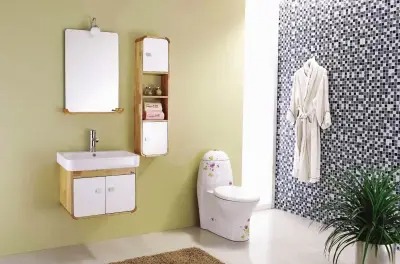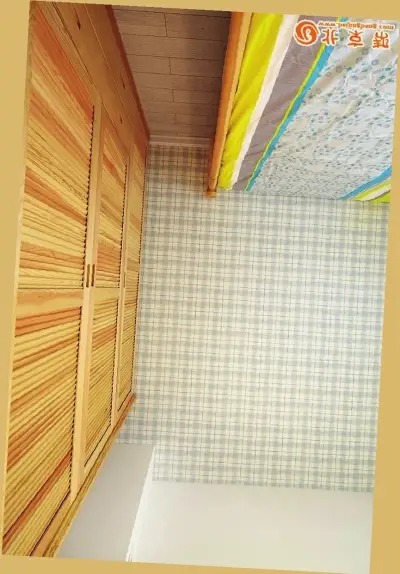Home Mold Removal Campaign
| ||
|
The plum rain season in Shanghai has just passed, but the damage it caused to furniture cannot be easily undone. After the plum rain season, how can we salvage those damp furniture, and what maintenance measures should we take that we have not paid attention to?
How to Remove Mold from Sofa
Humidity is the number one enemy of furniture maintenance. During this period of time when rainy days are over, what kind of maintenance methods should we choose to reduce the impact of damp weather on furniture?
Fabric sofas are usually the hardest hit areas during the plum rain days. When taking care of the fabric sofas after the plum rain days, remember to first use a roller brush with small wheels to gently brush off the dust on it, and then use a hair dryer to blow on the sofa to completely remove the moisture in the sofa.
Leather sofas require even more care to maintain, as excessively dry or humid weather can easily cause the leather to age quickly. Leather sofas should be maintained after dusting and then smeared with special maintenance products such as mink oil, sheep oil, or leather oil. This not only softens the leather but also protects it from moisture and mildew. For genuine leather sofas, consider adding some desiccant.
Porous rattan furniture is prone to paint loss in humid air. Remember to check after the rainy season. If you find any paint peeling, repaint it immediately. Many homes also have metal ornaments. Most of these ornaments are made of stainless steel, but some will still corrode when exposed to water during the rainy season. In this case, do not wipe it with water, otherwise the minerals in the water will easily react with the metal and further worsen the corrosion.
Rescue solid wood doors
The hot and humid rainy season has finally passed, but after careful inspection, we still found that the solid wood furniture was quite damaged. The key to maintaining solid wood furniture is to maintain its luster. On a daily basis, apply a special furniture cleaner evenly to the surface and then wipe it gently. For colored painted furniture, pay special attention to avoiding direct sunlight. It is worth noting that the maintenance of wooden doors after the rainy season is often overlooked. In fact, doors require special care.
When removing mildew and stains from wooden doors, use a soft cotton cloth; using a hard cloth can easily scratch the surface. For heavy stains or mildew, use a neutral detergent, toothpaste, or a furniture-specific cleaner to remove the stains, then dry-clean. Avoid rinsing with water. Industry experts advise against leaving a cloth soaked in neutral or wet detergent on wooden doors for extended periods of time, as this can damage the surface and discolor or peel the finish.
During the rainy season, wooden doors may experience slight cracking or shrinking due to moisture. This phenomenon will naturally disappear with the changing seasons. Therefore, when cleaning wooden doors, pay attention to hinges, locks, and other loose fittings. Tighten them immediately if you find any. If the hinges make noises, oil them promptly. If the lock is stiff when opening, add a small amount of pencil lead to the keyhole; avoid adding oil carelessly.
Cleaning the bathroom
Bathrooms are particularly prone to moisture and mold, so they require special cleaning after the rainy season. Bathroom walls are often tiled, so to keep them clean and shiny, use a multi-purpose cleaning paste. For grout in the tile crevices, first use a toothbrush dipped in a little cleaning paste to remove scale, then apply a coat of waterproofing agent with a brush. This not only prevents seepage but also prevents mold growth.
How can you keep ceramic bathroom fixtures looking like new? A convenient and eco-friendly method is to use white vinegar and lemon peel. First, clean the surface of the fixture. Then, wipe the surface with a soft cloth dipped in white vinegar or lemon peel. After a few minutes, the mildew spots will be gone.
Bathroom walls may appear dry after the plum rain season ends, but they're actually hiding invisible moisture trapped during the rainy season. Therefore, avoid building toilets under stairs and avoid using plastic wall coverings. The seams between tiles attached to walls and floors should be coated with white cement. Black spots in the seams indicate excessive moisture and mold. Disinfect with disinfectant and dry the walls with a hair dryer.
Text/Yue Xiaoyue Photos/TP

